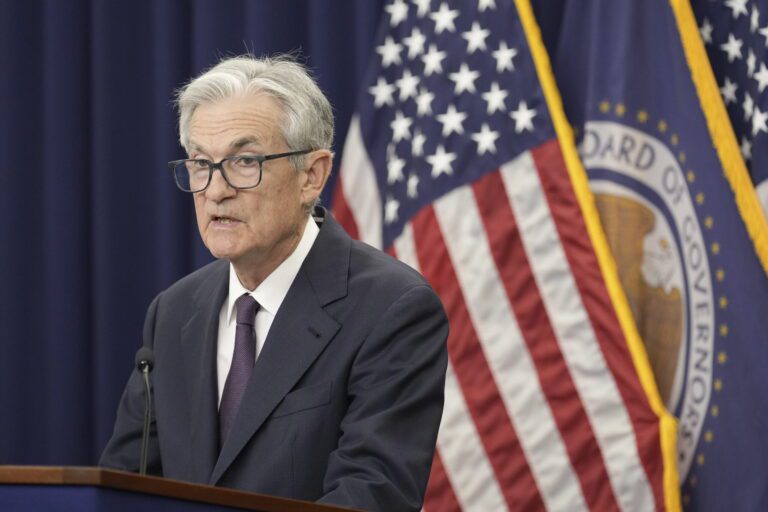Federal Reserve Faces Pressure Ahead of Interest Rate Decision
As the Federal Reserve convenes for a two-day meeting behind closed doors on Tuesday and Wednesday, the financial world is on edge. With escalating pressure from the Trump administration and a looming tariff deadline, the central bank’s decision on interest rates could have significant implications for the U.S. economy.
Key Focus of the Federal Open Market Committee Meeting
The consensus among market analysts suggests that the Federal Open Market Committee (FOMC) is likely to maintain the federal funds rate within the range of 4.25% to 4.50%. However, the real intrigue lies in any indications of future rate changes, particularly in the second half of the year, as well as potential dissent among committee members.
Anticipated Rate Cuts
In the aftermath of the June meeting, Jerome Powell, the Fed chairman, hinted at two possible rate cuts for the year, with analysts predicting that the first could occur in September. This outlook is critical as many investors and businesses plan their financial strategies based on anticipated changes to interest rates.
Tensions Within the Committee
Interestingly, a rare display of dissent may arise during this meeting. Two Trump appointees, Michelle Bowman, Vice Chair for Supervision, and Christopher Waller, a Fed governor, have signaled the possibility of voting against a majority decision to keep rates steady. Waller vocalized his concerns in an interview with Bloomberg TV, stating, “The private sector is not doing as well as everybody thinks it is,” which points to worries about a cooling labor market.
The Impact of Tariffs and Trade Relations
External factors, namely ongoing trade tensions, could further influence the FOMC’s decision. Although the Trump administration claims to have secured trade agreements with several significant partners, including the European Union, unresolved issues—particularly with China—could lead to inflationary pressures. A trade war with China may increase prices for consumer goods, thereby influencing longer-term interest rates like those for mortgages and auto loans.
Economic Indicators to Watch
-
Jobs Data: The Bureau of Labor Statistics will release the July jobs report after the FOMC meeting concludes, providing crucial data that will likely influence subsequent rate-setting meetings.
- Consumer Prices: Rising prices as a result of tariffs may change the landscape for future economic policies.
Despite initial fears surrounding the impact of tariffs, their effects on the overall economy have thus far been milder than anticipated.
Court Challenges to Transparency
In a surprising twist, a recent court ruling has denied a request for a temporary restraining order aimed at opening the FOMC meeting to the public. This legal attempt was initiated by an investment firm, Azoria, linked to Trump allies, which claims that the Fed is deliberately keeping rates high to thwart the president’s economic agenda.
A Judicial Review
Judge Beryl Howell ruled that the FOMC is not bound by federal Sunshine laws requiring open meetings. She questioned whether the lawsuit was merely a publicity stunt for the investment firm. Following the ruling, Azoria’s founder, James Fishback, expressed a desire to continue fighting for transparency and accountability from the Federal Reserve.
Concluding Thoughts
The upcoming decisions from the Federal Reserve are set against a backdrop of economic uncertainty and political pressure. As the FOMC evaluates its course of action, stakeholders across the financial spectrum will be closely monitoring the outcomes. The implications of interest rate adjustments—whether rates hold steady or decrease—could reverberate through various sectors, influencing everything from consumer spending to corporate investment strategies.
For more information on the Federal Reserve’s policies, visit Federal Reserve and stay updated on economic trends affecting your investments.


